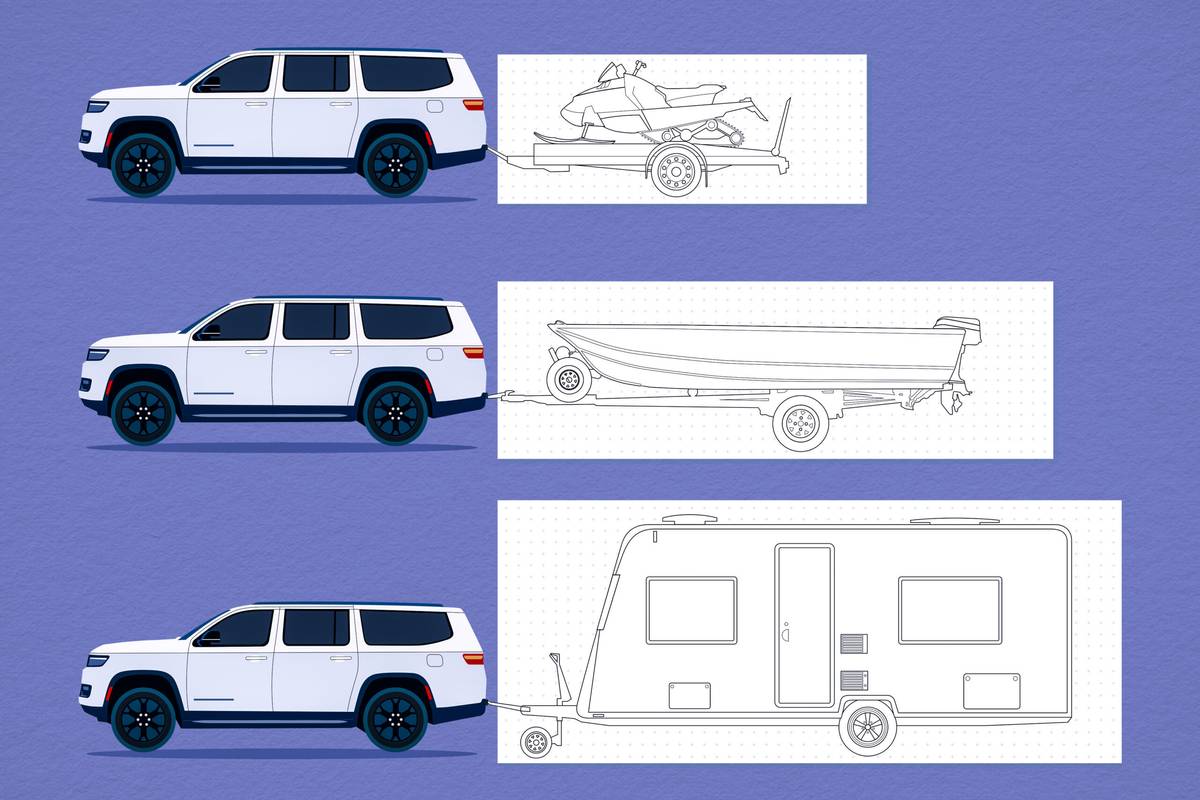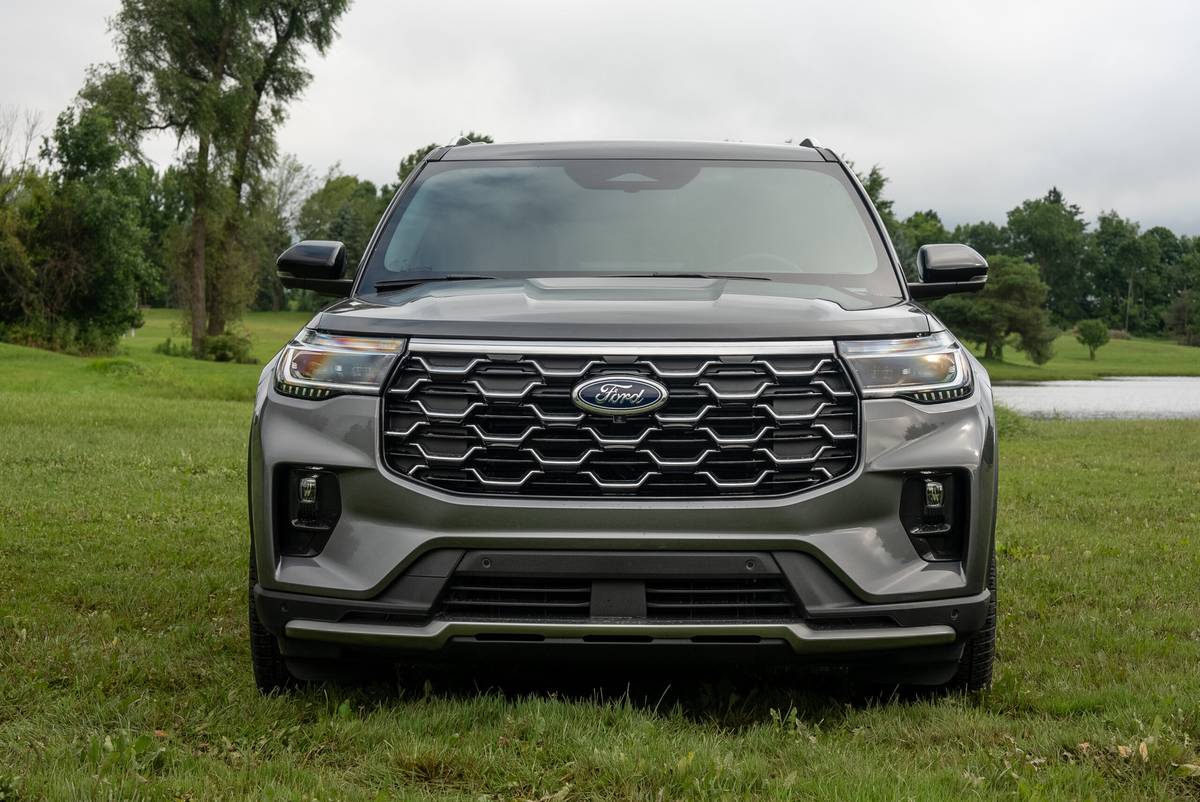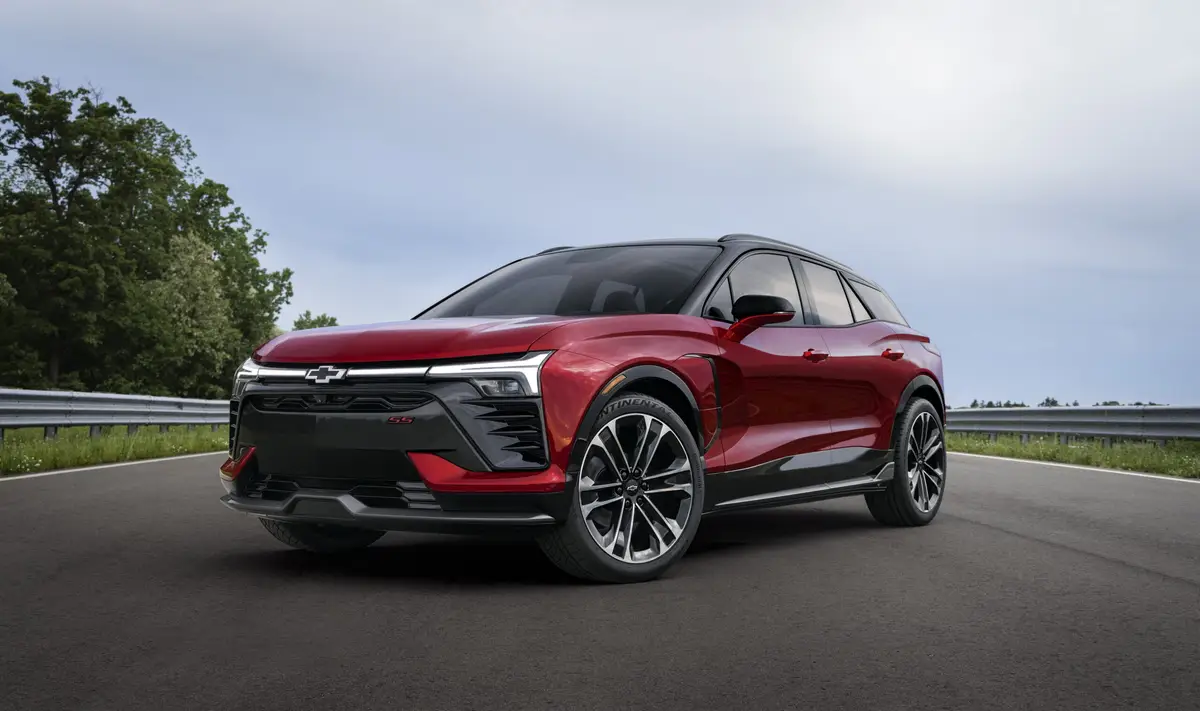Holley Performance's 1967 Chevy C-10 Shop Truck
Owners of muscle cars, classic trucks and street-rods all share a common trait. They want to personalize and add performance to their vehicles while maintaining some or all resemblance of the vehicle’s original style. The 1967-72 Chevrolet and GMC C/K pickup is a classic vehicle that has developed a loyal following, making it one of the most popular and sought-after pickup trucks for enthusiasts and collectors.
When Holley Performance CEO Tom Tomlinson decided to buy one — a fully restored 1967 two-wheel drive C-10 Chevy shortbed — it seemed almost sacrilegious that the truck would be torn apart and modified to showcase some of Holley’s newest product developments.
Holley is well-known for its legendary carburetors that are found in NASCAR stock cars, NHRA drag race vehicles, muscle cars and pickups all over the world. But with the trend toward using late-model GM LS-based V-8 engines swapped into vintage muscle cars and trucks, the ’67 pickup seemed like the perfect platform to showcase Holley’s newest line of fuel injection systems, headers, exhausts and other products.
An LS3 small-block engine replaces the original inline-six-cylinder. The LS3 makes 480 hp using Holley’s Avenger multiport electronic fuel injection system, custom headers and dual Hooker Aero Chamber mufflers.
The ’67 shortbed C-10 was taken to SoCal Speed Shop in Pomona, Calif., where famed car builder Jimmy Shine met with Tomlinson to create the blueprints for this classic truck. It was decided that the C-10 should incorporate a late-model drivetrain that would replace the original 230-cubic-inch inline-six-cylinder engine. The idea was to create a vintage-looking shop truck that incorporates modern horsepower technology and performance handling characteristics.
In keeping with Holley’s new LS engine swap products, SoCal used a 480 horsepower, GM LS3 6.2-liter V-8 and a Tremec TKO-600 five-speed manual transmission as the basis for the C-10’s drivetrain. The engine would use one of the company’s new engine swap mounts, a newly designed LS rear sump oil pan and more.
The LS3 also uses Holley’s new Avenger multiport electronic fuel injection that’s a plug-and-play system. It incorporates a self-tuning feature, making it one of the easiest fuel injection upgrades to install. In keeping with the truck’s original-looking theme, Holley cleverly covered the LS3’s engine’s ignition coils, which sit over the factory valve covers, with a pair of the company’s new Big Block LS coil covers. When installed, they give the engine that nostalgic look that only a big block could conjure, that’s set within the frame rails of the C10.
Inside, the truck is completely original, down to the vinyl seats. The only difference is the five-speed Hurst shifter that operates the Tremec TKO-600 five-speed manual transmission.
The exhaust system consists of a set of Hooker headers specifically made for this engine swap. These were fabricated by SoCal for the C-10 and exit out a 3-inch dual exhaust system that uses Hooker Aero Chamber mufflers to give the truck a definite performance tone.
Before the engine and transmission could be dropped into the pickup, the entire truck had to be disassembled down to the frame. With the body removed, the frame was sandblasted, strengthened, cleaned, modified and powder-coated before the new drivetrain could be fitted onto it.
Because the Tremec transmission is much longer and has a floor-mounted shifter, SoCal had to fabricate a new transmission tunnel into the cab’s sheet metal floor. This also made room to install a truck-style Hurst shifter and a one-piece driveshaft that has plenty of clearance once the vehicle is substantially lowered. The intent was to give the C-10 a stance that is five to six inches lower than stock. In doing so, an aftermarket cross member had to be used to accommodate the transmission and to mount the rear trailing arms.
The C-10 sits five inches lower in front with the help of aftermarket upper and lower control arms and performance coil springs and shocks that allow this truck to handle like a sports car. In back, the factory trailing arm suspension was modified to sit six inches lower. An aftermarket cross member needed to be used to accommodate the transmission and to mount the rear trailing arms.
The C-10’s suspension was also highly modified using new upper and lower control arms from Classic Performance Products. This suspension system gave the vehicle its new stance and improved the truck’s handling capabilities with a set of performance coil springs, shocks and anti-sway bars. The original fuel tank was removed from behind the seat in the cab, and it’s now under the truck’s oak-floor bed. A set of Baer brakes were used front and rear, giving the truck incredible stopping power, which would be key to its overall performance potential.
The rear of the truck required notching the frame to gain enough suspension travel between the modified rear trailing arm suspension and the Ford nine-inch rear differential. The result of this, and all the other suspension modifications, is incredible handling that’s also brought about by using wide 20-inch wheels. The unique wheel centers were inspired by Tomlinson, who wanted them to look like those used on vintage Indy roadsters.
Inside the cab, the C-10 remains stock, using the factory seats, dash and instrument panel. Only the Hurst shifter and a small SoCal logo on the glove box give any indication to the truck’s altered nature. Externally, the truck also remains unchanged. The factory hood, cab and grille all remain intact, and Tomlinson refrained from making popular upgrades such as removing the drip rails above the door, adding a billet grille or shaving off the door and tailgate handles for a smoother appearance.
The EFI system uses a self-learning computer that doesn’t require a laptop to tune. The builders at SoCal placed it behind the glove box to protect it from engine heat and moisture.
With a nostalgic Holley logo painted on the door, the C-10 would look right at home if it were transported back to 1967.
Ironically, the truck has been quite active lately, as it participated in Holley’s LS Festival last September. The event allows any LS-powered vehicle to compete in drag racing, braking, acceleration, autocross and other performance challenges.
Tomlinson also drove the ’67 on the Hot Rod Power Tour, and most recently competed in the Optima Ultimate Street Car Invitational at the Spring Mountain Motorsports Ranch in Pahrump, Nev., where it competed in the road course a speed-stop challenge and an autocross event. The truck also recently appeared at the 2010 SEMA show in Las Vegas, and it is scheduled to be at more events across the country in 2011. For more information, visit www.holley.com
The unique 20-inch wheels were inspired by Holley CEO Tom Tomlinson, who wanted them to look like those used on vintage Indy roadsters.

Featured stories



